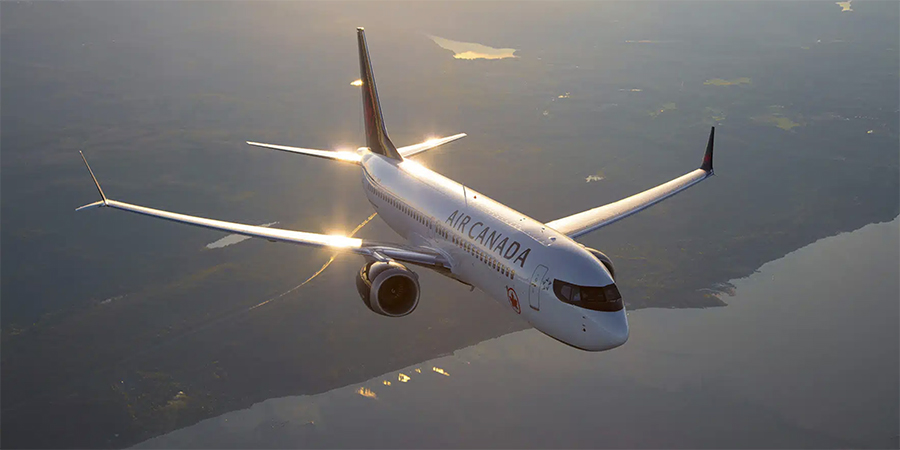Air Canada has reached an agreement with Intelsat to provide connectivity systems for nearly 100 additional aircraft across the airline’s fleet, including Intelsat’s new multi-orbit, electronically steered array (ESA) antenna for aircraft in the airline’s regional jet fleet.
“Intelsat has been delivering reliable in-flight connectivity to Air Canada and its passengers for 14 years,” said Dave Bijur, SVP Commercial for Intelsat commercial aviation. “Air Canada’s leadership will continue for decades to come thanks to this investment in 2Ku connectivity for the 737 MAX fleet and the decision to install Intelsat’s innovative multi-orbit service across their regional jet operation.”
“The efforts and the commitment of Intelsat’s team and their service partners made the difference for us. We’re confident Intelsat provides proven technology, an extensible platform and network, and the right vision for the future of in-flight connectivity,” said Mark Nasr, Air Canada’s EVP, marketing and digital, and president of Aeroplan. “Through our Bell partnership, equipment installation schedule and strong conviction around the importance of in-flight connectivity, we seek to offer our customers the best and most consistently available offering in the industry.”
Intelsat currently operates in-flight internet on 240 aircraft spanning the fleets of Air Canada, Rouge and Air Canada Express. The new program includes IFC installations on three types of Air Canada aircraft:
- Boeing 737 MAX aircraft: The fleet of 40 aircraft will be equipped starting this year with Intelsat’s 2Ku IFC system.
- Embraer 175 and Mitsubishi CRJ-900 aircraft (currently installed with Intelsat’s air-to-ground system): These 55 aircraft are currently flown by Air Canada’s Jazz regional partner and will be upgraded with Intelsat’s new ESA antenna starting in 2024.
The relationship with Intelsat will serve as a key enabler as Air Canada seeks to offer its customers the fastest and most consistently available Internet connectivity in the industry throughout its global network.
Intelsat’s 2Ku solution is the industry’s leader due to its combination of a low-profile, fuselage-mounted antenna and reliable on-wing performance. The smaller aircraft in the airline’s regional jet fleet will benefit from Intelsat’s new ESA, which is less than three inches tall and interoperates on both Intelsat’s family of geo-stationary satellites and on OneWeb’s constellation of Low Earth Orbit (LEO) satellites. This strategy enables Air Canada to deliver the highest quality inflight internet experience available to airlines, wherever it flies.









